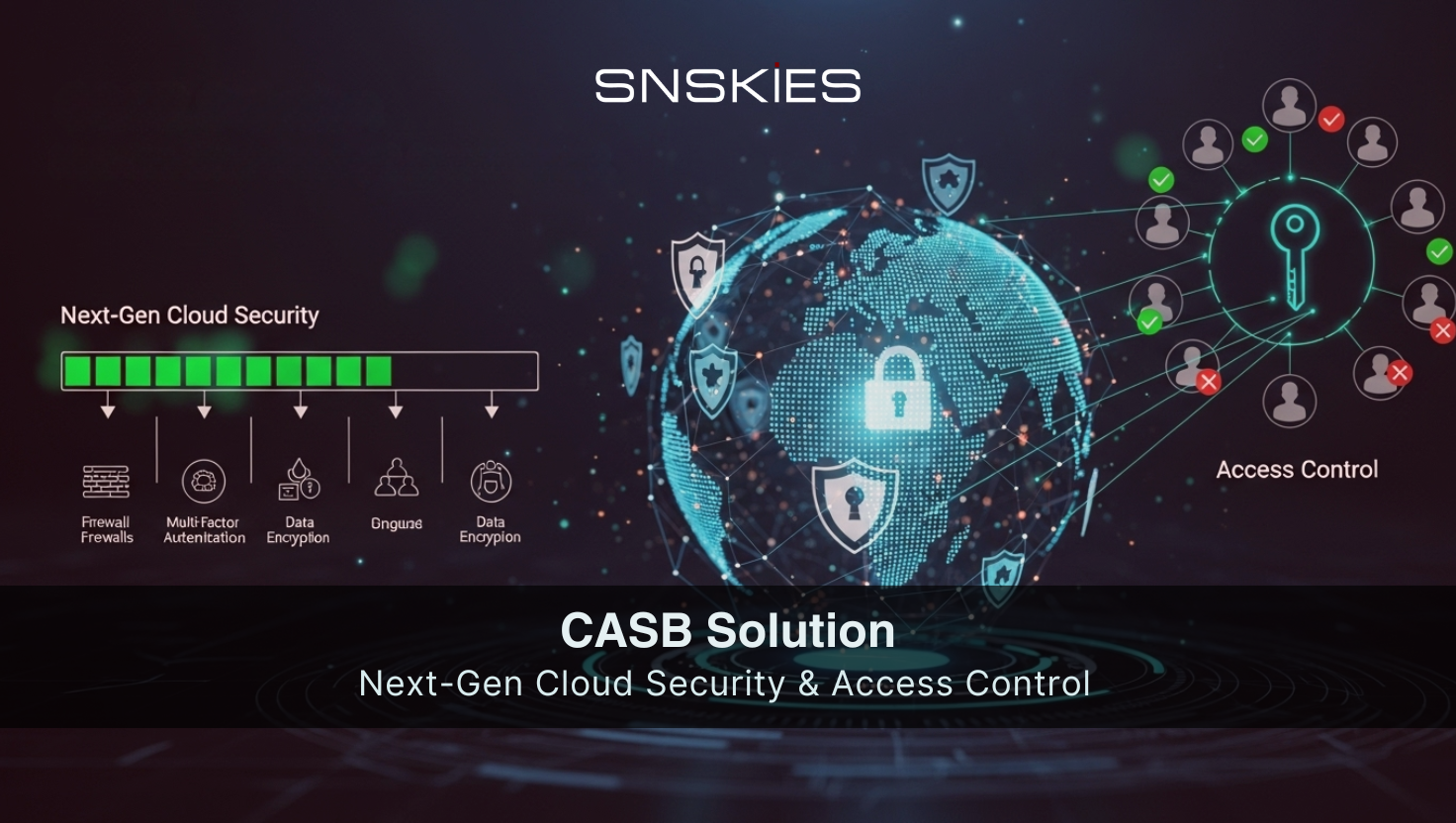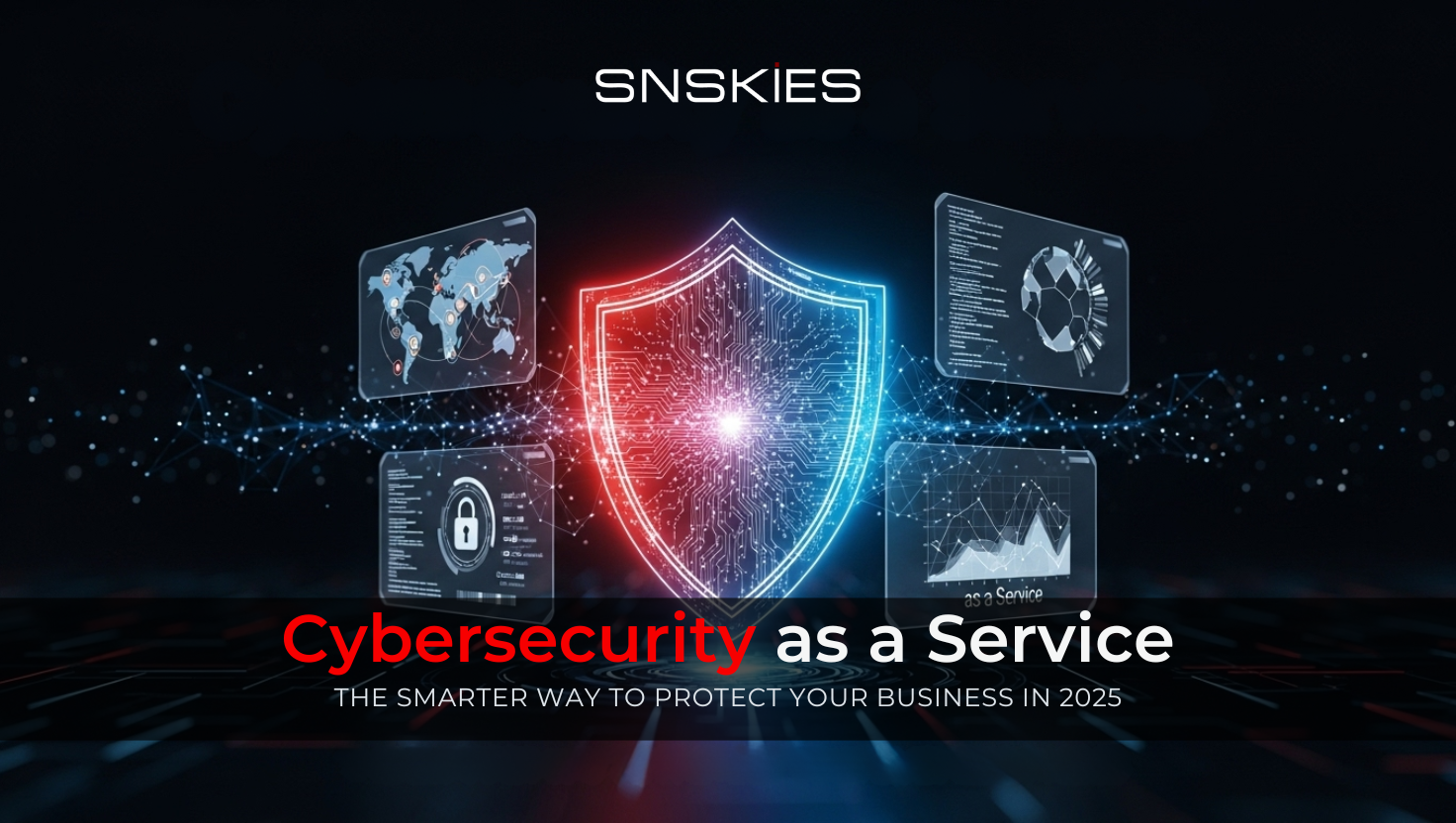- Articles
Cyber vs Network Security: What Businesses Must Know
- Articles
Cyber vs Network Security: What Businesses Must Know
- Articles
- April 15, 2025
In a landscape increasingly shaped by digital innovation and emerging threats, understanding the nuanced differences between cyber security and network security is vital for organizations aiming to safeguard critical infrastructure, ensure business continuity, and maintain regulatory compliance.
At SNSKIES FZ LLC, we help forward-thinking enterprises move beyond siloed thinking to implement a holistic security architecture—one that aligns both disciplines under a unified risk management framework.
Defining Network Security
Network security refers to the framework of technologies, protocols, and administrative controls used to protect an organization’s internal network infrastructure from unauthorized access, misuse, or compromise.
Its core objectives include:
- Ensuring secure data transmission within internal systems
- Preventing unauthorized access to network assets
- Safeguarding endpoints, servers, routers, and communication layers
Solutions typically include firewalls, intrusion prevention systems (IPS), network access control (NAC), and virtual private networks (VPNs). These form the foundation upon which a secure IT environment is built.
Defining Cyber Security
Cyber security encompasses a broader, strategic scope. While it includes network security, it extends protection across digital systems, cloud environments, software applications, data assets, user identities, and more.
A mature cyber security program protects against a wide array of risks, such as:
- Sophisticated cyber attacks (e.g., ransomware, APTs, phishing)
- Insider threats and credential abuse
- Data exfiltration and intellectual property theft
- Compliance violations and reputational damage
At SNSKIES FZ LLC, our approach to cyber security integrates governance, risk management, and technical controls to deliver a comprehensive defense model.

Cyber Security vs Network Security: Key Differentiators
Addressing Network-Level Vulnerabilities
Despite advanced tools, many breaches still originate from overlooked weaknesses within the network. Common issues include:
- Misconfigured devices and unpatched systems
- Unsecured endpoints and BYOD vulnerabilities
- Excessive administrative privileges
- Lack of proper segmentation and access controls
- Insider threats—both intentional and inadvertent
At SNSKIES FZ LLC, our risk assessments frequently reveal such vulnerabilities during pre-engagement audits. Early detection and remediation are essential to hardening network defenses.
Enhancing Network Security Through Artificial Intelligence
AI and machine learning have become pivotal in modern network defense strategies. By applying behavioral analytics and real-time threat modeling, AI improves visibility, accelerates response times, and enhances threat detection accuracy.
Benefits include:
- Rapid anomaly detection and response automation
- Reduced dwell time of undetected threats
- Scalable monitoring across hybrid IT environments
SNSKIES FZ LLC integrates AI-driven threat detection into client environments to proactively manage risk at scale.
Best Practices in Enterprise Network Security
An effective network security strategy must be proactive, resilient, and adaptable. At SNSKIES FZ LLC, we guide clients in adopting industry best practices, including:
- Routine patching and infrastructure updates
- Role-based access control (RBAC) and least-privilege principles
- Segmentation of critical network zones
- Data encryption both in transit and at rest
- Third-party penetration testing and compliance audits
- Security awareness training for employees and stakeholders
- Incident response planning and tabletop simulations
The Business Imperative for Cyber Security
Cyber security is not merely an IT function—it is a board-level priority. The potential consequences of cyber incidents—regulatory penalties, reputational harm, financial losses, and business interruption—demand strategic attention and long-term investment.
SNSKIES FZ LLC helps organizations navigate:
- Evolving global compliance frameworks (e.g., GDPR, ISO 27001, NIST)
- Secure digital transformation initiatives
- Zero-trust security models
- Cloud-native security architectures
- Business continuity and disaster recovery strategies
We work closely with enterprise leaders to build security programs that are agile, scalable, and future-ready.
The CIA Triad: Foundation of Information Security
The Confidentiality, Integrity, and Availability (CIA) Triad is a universally accepted model guiding both cyber and network security strategies.
- Confidentiality: Ensuring access is restricted to authorized personnel
- Integrity: Guaranteeing that data is accurate, complete, and unaltered
- Availability: Ensuring that systems and data remain accessible when needed
At SNSKIES FZ LLC, the CIA Triad informs all aspects of our security architecture and policy development services.
Conclusion: Building Unified, Adaptive Security Postures
Organizations must move beyond the simplistic lens of cyber security vs network security. Instead, they should adopt an integrated security model that recognizes network security as an essential component of a larger, enterprise-wide cyber security strategy.
By partnering with SNSKIES FZ LLC, businesses gain access to security expertise, frameworks, and technologies that not only mitigate risk—but also create competitive advantage through digital trust, resilience, and compliance readiness.
Recent Post
- All Posts
- Articles


